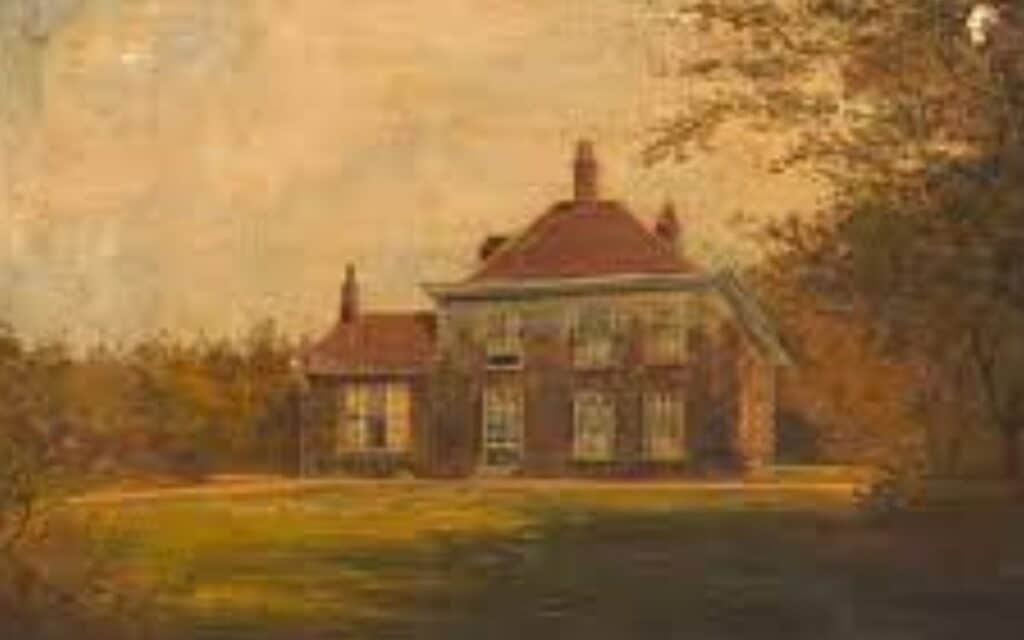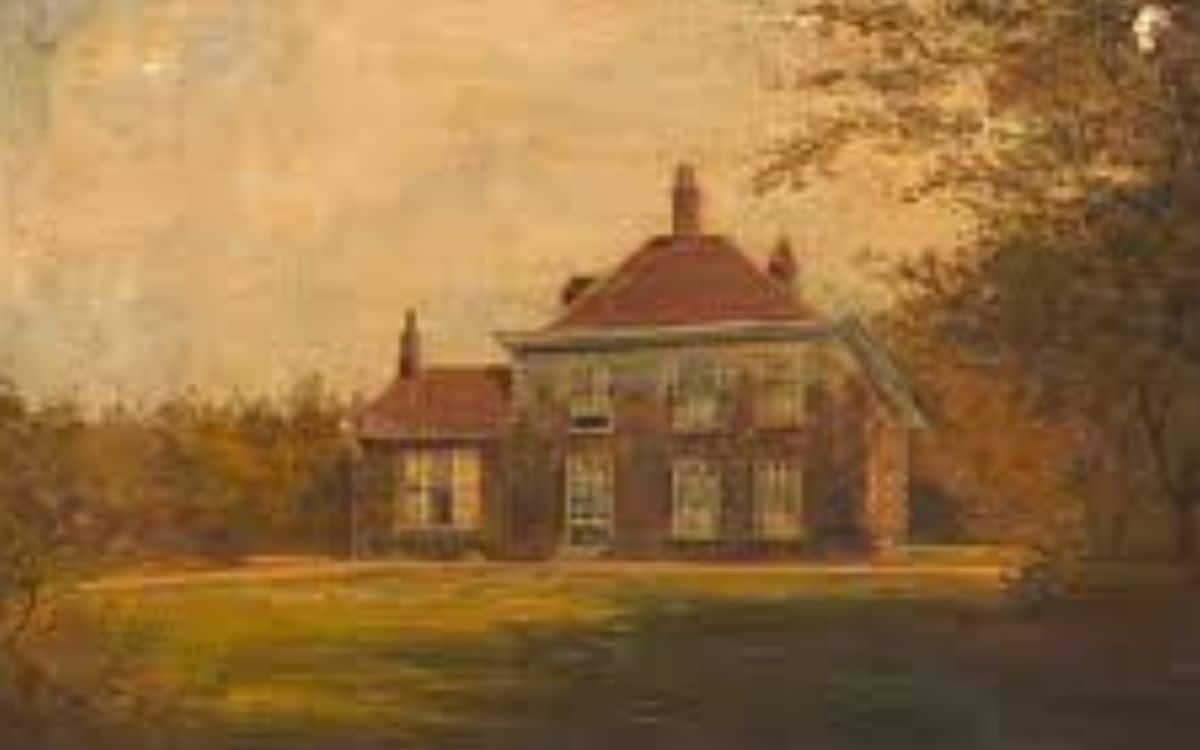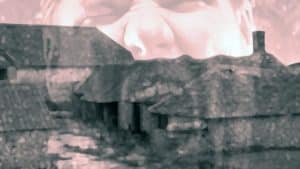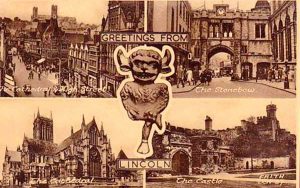The Haunting of Epworth Rectory, one of the most memorable poltergeist cases in England, continues to challenge Christian beliefs centuries later, writes RICK HALE

Believe it or not, I was brought up as an evangelical in a very strict Christian household.
I know that may seem rather strange, considering my interest in ghosts and hauntings. And it was this interest that kept me at odds with both my family, my friends and by extension the church.
According to accepted Christian and biblical theology, ghosts simply do not exist.
The Bible is explicit on this with dozens of passages that make it very clear that when a person dies in Christ, it’s the pearly gates and god’s glory forever.
But if you die in sin, well, I think you’ve lived in this world long enough to know the unpleasant alternative.
So, where does that leave supernatural activity? It’s quite simple really, anything paranormal that is outside the work of God is of the devil. Basically, Christian theology leaves very little room for ghosts.
But what happens when a clearly paranormal force does present itself and wreak havoc on the faithful?
Consider the strange case of the Reverend Samuel Wesley, rector of old Epworth Rectory in the village of Epworth in Lincolnshire.
A case that just might change the minds of the Christian faithful.
A Devout Disciple
To say that Samuel Wesley was a devout man of God would be somewhat of an understatement.
From a very early age, Wesley believed that the hand of God was steering him into the ministry as an evangelist spreading the good news of the gospel. And was the father of John Wesley, founder of Methodism.
When Wesley and his family took up residence at old Epworth Rectory, he and his family suffered at the invisible hands of a ghost that terrorised the family with an onslaught of horror in one of England’s most memorable poltergeist cases.
Rumours and Whispers
The haunting of Epworth Rectory began as nothing more than mere whispers and rumours among those who were intimately familiar with the day to day operations of the Wesley’s home, the servants.
The first known report of something odd began on the morning of 1 December 1716.
A young female maid was going about her chores when she heard an unearthly moan that came from the attic. A moan that sounded as if a person was in the throes of death.
From there the noises turned into violent bangs and mysterious knocks on the walls of the attic where the servant quarters were.
When the sounds became too frightening to bear, the servants went to the lady of the house, Mrs Wesley with their concerns that a diabolical ghost had taken up residence in the attic.
Of course, their claims were met with doubt and the family considered the reports as imagination or outright lies.
Of course their dismissive skepticism was abruptly changed when the ghosts that targeted the servants turned their attention to the Wesley clan.
The Poltergeist Targets The Family
The ghost began to loudly knock and bang on the walls at all hours of the day and night.
From there the family began hearing the sound of an invisible blaring of a horn through the halls of the Rectory. As we as the unmistakable sound of heavy footfalls the stairs.
Mrs Wesley wrote concerning the loud footsteps, ” There was such noise over our heads, as if several people were walking, and then running up and down the stairs. The children were frightened.”
Old Jeffery
Although the idea of a person returning from the grave to haunt the living is anathema to Bible believing Christians, the Wesley’s did entertain the idea that’s what they had.
Hetty, one of Wesley’s children, took to calling the ghost “Old Jeffrey”, believing that a former caretaker who died in the house was the culprit behind the haunting.
If that was the case why was Jeffrey so angry? He banged on walls, threw household items, pulled bedding from the beds.
It got to the point where the Reverend Samuel Wesley, himself, demanded that the ghost or whatever it was brought its campaign of terror to an end.
End To The Terror
A commonly reported event in most poltergeist cases is the abrupt end to the activity. Almost as if whatever is causing the frightening chaos just runs out of energy.
And that’s exactly what the family of Samuel Wesley experienced. One day, the ghost just stopped. And the family went back to life as usual.
Poltergeist or Ghost
Looking back on this haunting of Epworth Rectory, we are left with the question, what was this devoutly Christian family dealing with?
Was it the ghost of a former caretaker returned from the grave to exact its revenge? Or was it the wanton destruction of a poltergeist?
Unlike what some in paranormal media would have us believe, there is a distinction between the two.
A ghostly revenant haunts a location for years, if not centuries. While a poltergeist, takes its anger out for a short amount of time. Anywhere from a few days to a few years.
What the Wesleys had on their hands was more than likely a poltergeist caused by the built up psychic angst of a family member. I would have to agree with the latter.
However, even centuries after this haunting people still claim to hear the occasional disembodied moan or shuffling of feet.
Perhaps, both unexplained forces were at play here with the energy of the poltergeist breathing life into an old ghost. I leave you to judge for yourself.
What are your thoughts about The Haunting of Epworth Rectory? Tell us in the comments section!








I suppose how one interprets the Bible determines whether or not theology allows for the existence of ghosts. John Wesley himself believed that the haunting at Epworth was real. He wrote in his journal about it. He did not consider belief in ghosts to be at odds with his Christian faith. The ghost of Samuel appeared to King Saul. Thanks for sharing. I knew there was a known haunting at Epworth, but didn’t know particulars.